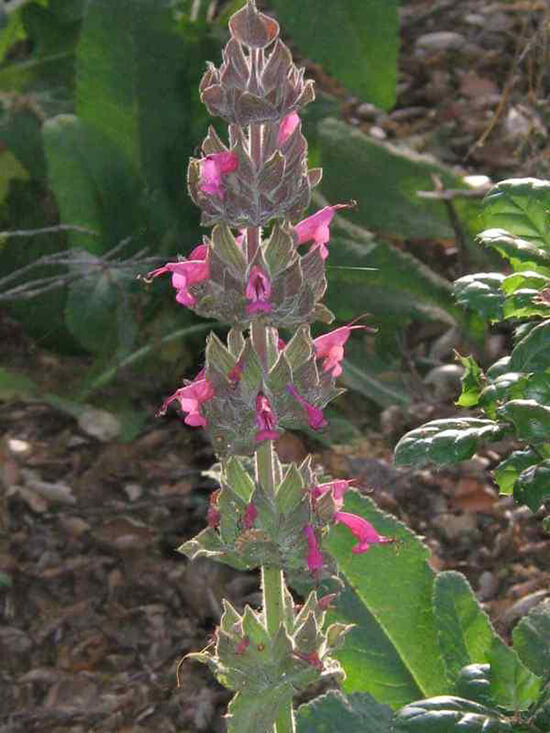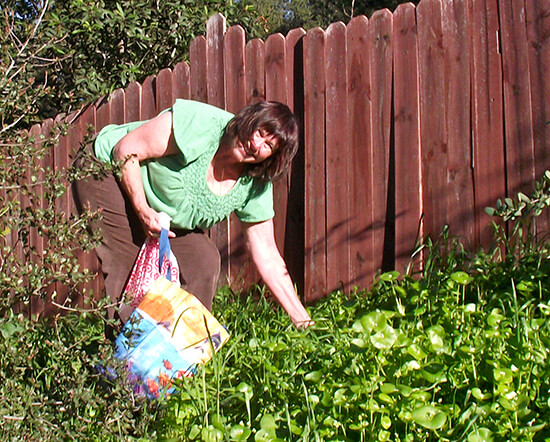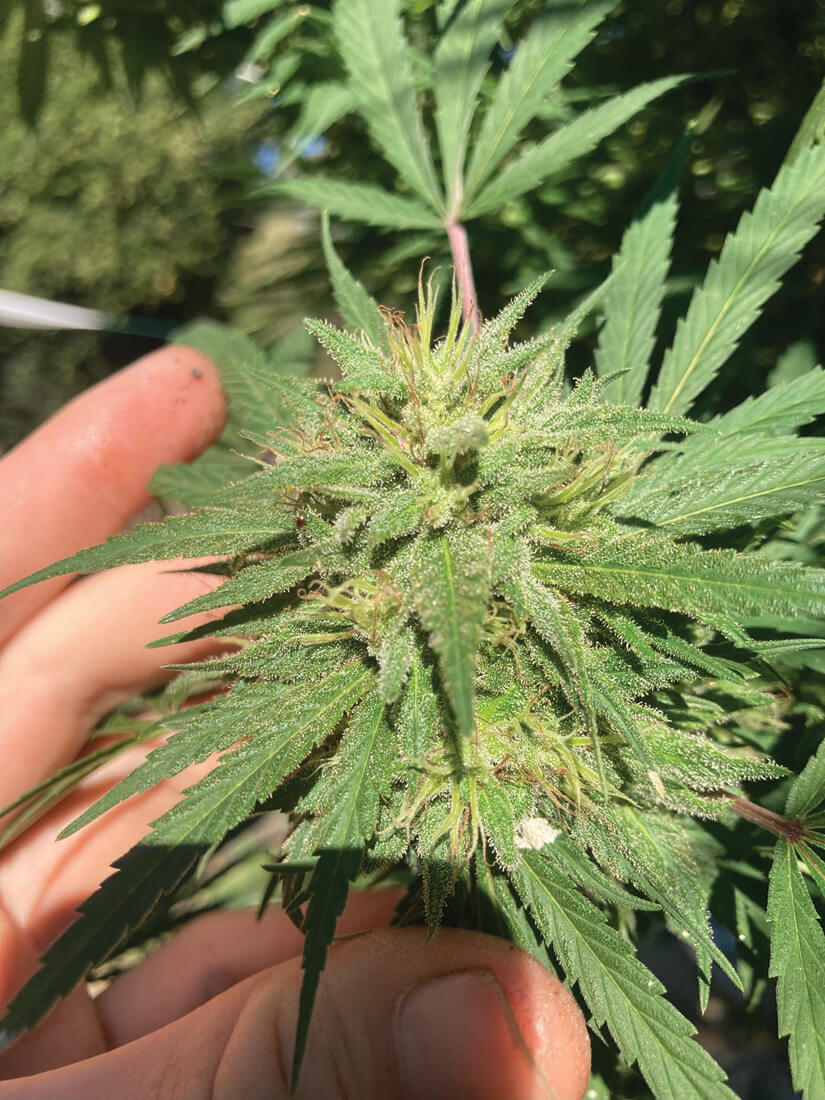A Time to GatherSpring seems to have come early to Topanga, 2021. It’s time to gather, rather than have Amazon deliver. Go with a song in your heart, don’t gather close to a busy road, and give thanks when you gather. You can also start your own “gathering garden.”
Here’s a sample of what is in my yard this Spring: Miners lettuce, stinging nettle, chickweed, nasturtiums, cattails, hummingbird sage, mallow (cheeseweed), and oxalis.
Claytonia perfoliate (miners lettuce) is high in vitamin C, beta carotene and protein. It is a tasty crispy green that can be eaten raw in salads, or cooked and added to soup or a side dish. It has a short gathering window. I am trying to figure a way to quickly parboil or blanch them, dry and freeze them for later. The seeds can be gathered and started indoors and are pretty hardy planted in the ground. It likes moist, shaded areas below 7,500-foot elevation. The name comes from gold mining days when the miners picked and ate the tender greens to prevent scurvy. The little saucer-shaped leaves, about an inch in diameter, are fairly mild and succulent and pair nicely with tangy goat cheese and crunchy walnuts.
Stinging Nettle Salad
6 cups fresh miner’s lettuce or baby spinach leaves
1/4 cup Balsamic Vinaigrette or commercial dressing
1 tablespoon lemon juice
4 ounces fresh goat cheese
Fresh pepper
Toast walnuts on a baking sheet in a 400-degree oven until they smell roasted, about 8 minutes. Watch carefully to prevent burning nut meats. Set aside. Arrange lettuce on four plates. Mix vinaigrette and lemon juice together and drizzle over lettuce.
Crumble 1 ounce of goat cheese on each plate; top with toasted walnuts.
Grind a little fresh pepper on each salad. Serves 4
Stinging Nettle (Urtica dioica)
The stinging nettle is a perennial herb which averages from 3- to 5-feet tall, with heart-shaped leaves in alternate pairs along a square-shaped stem. Both stem and leaves are covered with small, stiff hairs which inject a stinging fluid (formic acid) into exposed flesh on contact. Nettles should be gathered in early spring when the plants are 4 to 8 inches high. A pair of leather gloves will protect your hands from the stinging hairs. Heavy paper bags are preferred to plastic for holding collected nettles. Rich in vitamins A and C, iron, potassium, manganese, and calcium. PHOTOS COURTESY OF KAT HIGH Kat High starts her spring foraging for miners lettuce in her own yard. |
 Hummingbird Sage (salvia spathacea Topanga). In the wild, hummingbird sage used to cover acres under the oak canopy in an oak forest in the Santa Monica Mountains (laspilitas.com) Stinging Nettle Soup
Once gathered, the nettles should be rinsed in cold water. A pair of kitchen tongs will help when removing the nettles from the water. Allow the nettles to drain on paper towels for a few minutes. To blanch, place rinsed nettles in a large kettle and pour boiling water to cover. After three to four minutes, drain water. They will keep in the refrigerator for three to five days and also freeze well.
2 quarts chicken or vegetable broth
3 cups packed nettle leaves, or mix of nettles and spinach
1 onion, diced
1/4 cup basmati rice
4 cold, cooked sausages (meat or veggie) cut in thin slices
Seasoning to taste (I use tarragon, salt, pepper)
1 cup raw sunflower seeds
Sour cream (or veggie version)
Simmer approximately 45 minutes, add sausage, sprinkle with toasted sunflower seeds, add a swirl of sour cream.
Stinging Nettle Party Dip
8 oz. softened cream cheese (or dairy-free cream cheese)
4 oz. goat chevre (or vegan substitute) 2 Tbsp. milk (or dairy-free milk)
1 tsp. lemon juice
1 cup blanched, squeezed dry, and chopped nettles
1 cup blanched, squeezed dry, and chopped yucca blossoms (or artichoke hearts)
1/4 cup chopped wild onion greens
1/4 tsp. salt
Pinch of red chile flakes
Use a hand mixer to whip together the cream cheese, goat cheese, milk, lemon juice, salt, and chile flakes. Stir in the nettles, yucca blossoms, and onion greens with a spoon until they are well distributed.
Chickweed (Stellaria media)
An annual and perennial flowering plant in the family Caryophyllaceae is native to Eurasia that naturalized throughout the world. This species is used as a cooling herbal remedy and grown as a vegetable crop and ground cover. Chickweed is high in vitamin C, calcium, and iron, as well as many other important minerals. It is also nourishing for the lungs.
Chickweed Pesto
2 cloves of garlic
3 Tbs. pine nuts or sunflower seeds ÂĽ tsp. salt,
2 cups chopped fresh chickweed, packed
1/2 cup olive oil
1/2 cup Parmesan (or vegan) cheese Combine in a blender.
Serve over pasta or just use it as a dip for crackers or vegetables. You can freeze extra for future use.
 | | | | | | | | | | | | | | |
|
|
|
|
|















